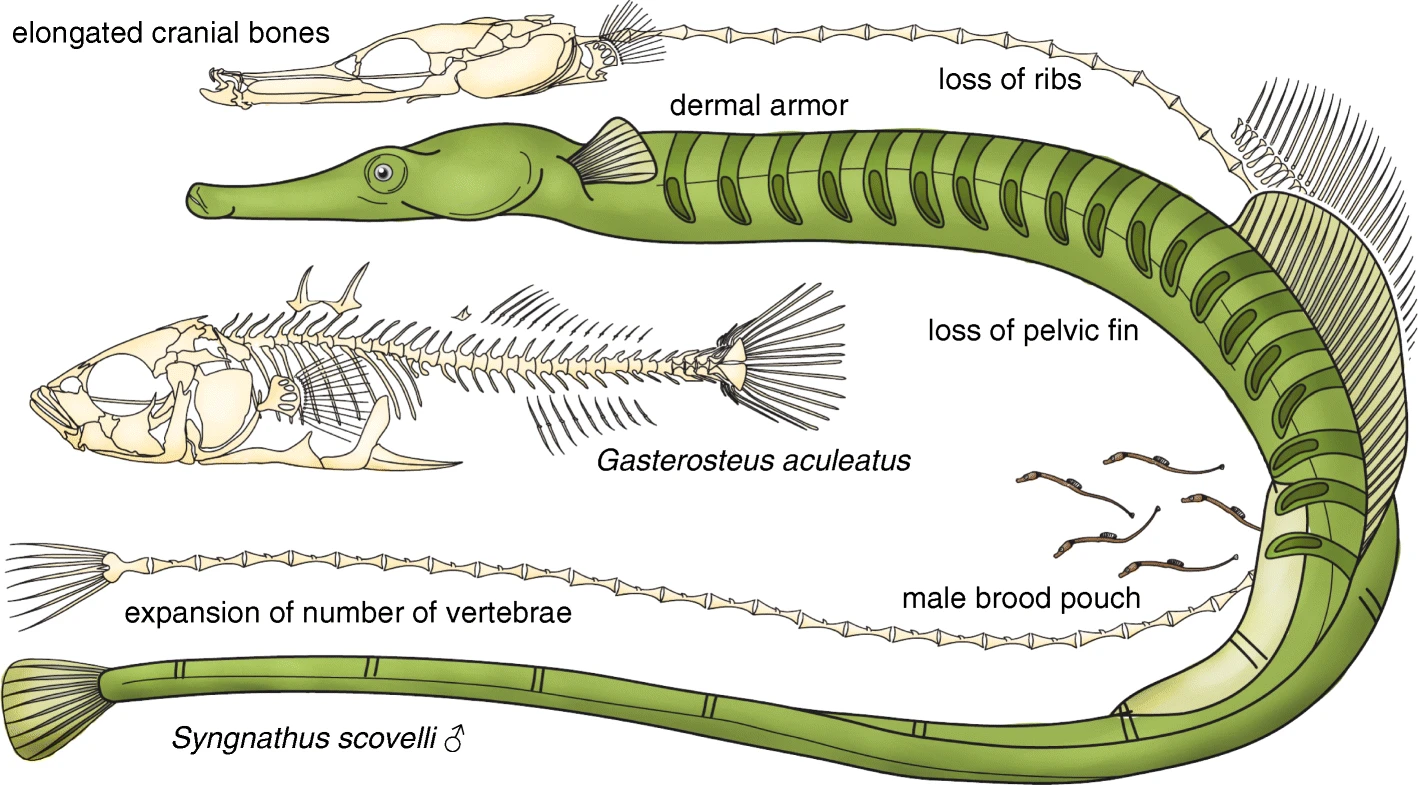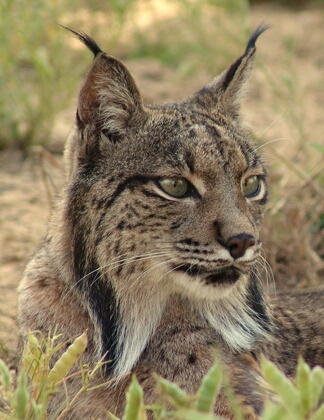|
Microphis Pleurostictus
''Microphis pleurostictus'', the Luzon River pipefish (湖沼腹囊海龍), is a species of freshwater pipefish belonging to the family Syngnathidae. It can be found only in Batu (Bato) Lake and Yassot Creek located in Luzon, Philippines. The species is ovoviviparous, where males brood eggs and give birth to live young.Dawson, C.E. 1985. Indo-Pacific Pipefishes (Red Sea to the Americas). The Gulf Coast Research Laboratory Ocean Springs, Mississippi, USA. The IUCN has listed the Luzon River pipefish as an endangered species An endangered species is a species that is very likely to become extinct in the near future, either worldwide or in a particular political jurisdiction. Endangered species may be at risk due to factors such as habitat loss, poaching and inv ... on the shortlist of the most endangered Syngnathidae-spiecies. Only one pipefish is even more endangered by conservation status: the critically endangered estuarine pipefish, ''Syngnathus watermeyeri''.< ... [...More Info...] [...Related Items...] OR: [Wikipedia] [Google] [Baidu] |
Pipefish
Pipefishes or pipe-fishes (Syngnathinae) are a subfamily of small fishes, which, together with the seahorses and seadragons ('' Phycodurus'' and '' Phyllopteryx''), form the family Syngnathidae. Description Pipefish look like straight-bodied seahorses with tiny mouths. The name is derived from the peculiar form of the snout, which is like a long tube, ending in a narrow and small mouth which opens upwards and is toothless. The body and tail are long, thin, and snake-like. They each have a highly modified skeleton formed into armored plating. This dermal skeleton has several longitudinal ridges, so a vertical section through the body looks angular, not round or oval as in the majority of other fishes. A dorsal fin is always present, and is the principal (in some species, the only) organ of locomotion. The ventral fins are consistently absent, and the other fins may or may not be developed. The gill openings are extremely small and placed near the upper posterior angle of the gi ... [...More Info...] [...Related Items...] OR: [Wikipedia] [Google] [Baidu] |
Syngnathidae
The Syngnathidae is a family of fish which includes seahorses, pipefishes, and seadragons ('' Phycodurus'' and '' Phyllopteryx''). The name is derived from grc, σύν (), meaning "together", and (), meaning "jaw". The fused jaw is one of the traits that the entire family have in common. Description and biology Syngnathids are found in temperate and tropical seas across the world. Most species inhabit shallow, coastal waters, but a few are known from the open ocean, especially in association with sargassum mats. They are characterised by their elongated snouts, fused jaws, the absence of pelvic fins, and by thick plates of bony armour covering their bodies. The armour gives them a rigid body, so they swim by rapidly fanning their fins. As a result, they are relatively slow compared with other fish but are able to control their movements with great precision, including hovering in place for extended periods. Uniquely, after syngnathid females lay their eggs, the male then f ... [...More Info...] [...Related Items...] OR: [Wikipedia] [Google] [Baidu] |
Lake Bato
Lake Bato is a freshwater lake and the 7th largest in the Philippines. It is located in the town of Bato, approximately southwest of Iriga City, Camarines Sur Province, southeastern Luzon, Philippines. It has extensive marshes and swamp forests. The lake drains into a tributary of the Bicol River which enters the sea near Naga City. Average depth is , and the bottom is muddy clay. The pH value is 6.1, the average dissolved oxygen 10 p.p.m., and the total hardness (SBY) 2.4. History The lake was originally called ''Caligno'' by natives living around the area and a small settlement was founded on its shores during pre-Spanish times; the early settlers thrived on the lake's rich resources and use it as a primary medium of travel. The settlement flourished on to become the present-day town of Bato, Camarines Sur and the lake came to be named after the town, which was established by a decree of the Superior Government (National Government) on February 15, 1758, when the Philippine ... [...More Info...] [...Related Items...] OR: [Wikipedia] [Google] [Baidu] |
Luzon
Luzon (; ) is the largest and most populous island in the Philippines. Located in the northern portion of the Philippines archipelago, it is the economic and political center of the nation, being home to the country's capital city, Manila, as well as Quezon City, the country's most populous city. With a population of 64 million , it contains 52.5% of the country's total population and is the fourth most populous island in the world. It is the 15th largest island in the world by land area. ''Luzon'' may also refer to one of the three primary island groups in the country. In this usage, it includes the Luzon mainland, the Batanes and Babuyan groups of islands to the north, Polillo Islands to the east, and the outlying islands of Catanduanes, Marinduque and Mindoro, among others, to the south. The islands of Masbate, Palawan and Romblon are also included, although these three are sometimes grouped with another of the island groups, the Visayas. Etymology The n ... [...More Info...] [...Related Items...] OR: [Wikipedia] [Google] [Baidu] |
Ovoviviparity
Ovoviviparity, ovovivipary, ovivipary, or aplacental viviparity is a term used as a "bridging" form of reproduction between egg-laying oviparous and live-bearing viviparous reproduction. Ovoviviparous animals possess embryos that develop inside eggs that remain in the mother's body until they are ready to hatch. The young of some ovoviviparous amphibians, such as '' Limnonectes larvaepartus'', are born as larvae, and undergo further metamorphosis outside the body of the mother. Members of genera '' Nectophrynoides'' and '' Eleutherodactylus'' bear froglets, not only the hatching, but all the most conspicuous metamorphosis, being completed inside the body of the mother before birth. Among insects that depend on opportunistic exploitation of transient food sources, such as many Sarcophagidae and other carrion flies, and species such as many Calliphoridae, that rely on fresh dung, and parasitoids such as tachinid flies that depend on entering the host as soon as possibl ... [...More Info...] [...Related Items...] OR: [Wikipedia] [Google] [Baidu] |
Endangered Species (IUCN Status)
Endangered species as classified by the International Union for Conservation of Nature (IUCN), are species which have been categorized as very likely to become extinct in their known native ranges in the near future. On the IUCN Red List, endangered is the second most severe conservation status for wild populations in the IUCN's schema after critically endangered. In 2012, the IUCN Red List featured 3,079 animal and 2,655 plant species as endangered worldwide. The figures for 1998 were 1,102 and 1,197 respectively. IUCN Red List The IUCN Red List is a list of species which have been assessed according to a system of assigning a global conservation status. According to the latest system used by the IUCN, a species can be "Data Deficient" (DD) species – species for which more data and assessment is required before their situation may be determined – as well species comprehensively assessed by the IUCN's species assessment process. A species can be "Near ... [...More Info...] [...Related Items...] OR: [Wikipedia] [Google] [Baidu] |
Conservation Status
The conservation status of a group of organisms (for instance, a species) indicates whether the group still exists and how likely the group is to become extinct in the near future. Many factors are taken into account when assessing conservation status: not simply the number of individuals remaining, but the overall increase or decrease in the population over time, breeding success rates, and known threats. Various systems of conservation status exist and are in use at international, multi-country, national and local levels as well as for consumer use. International systems IUCN Red List of Threatened Species The IUCN Red List of Threatened Species is the best known worldwide conservation status listing and ranking system. Species are classified by the IUCN Red List into nine groups set through criteria such as rate of decline, population size, area of geographic distribution, and degree of population and distribution fragmentation. Also included are species that have gone e ... [...More Info...] [...Related Items...] OR: [Wikipedia] [Google] [Baidu] |
Estuarine Pipefish
The estuarine pipefish or river pipefish (''Syngnathus watermeyeri'') is a species of fish in the family Syngnathidae. It is endemic to South Africa and has been sporadically recorded in the estuarine portions of the Kariega, Kasouga, Bushmans, East Kleinemonde and West Kleinemonde rivers. It can be readily distinguished from another southern African pipefish with which it shares its habitat, ''S. temminckii'', by its much shorter snout. The estuarine pipefish is most commonly found in beds of the eelgrass ''Zostera capensis''. Conservation status The estuarine pipefish was declared extinct in 1994, but was rediscovered in 2006 in areas where it had not been reported in over four decades. This pipefish is Critically Endangered due to both natural and human threats to the brackish estuaries and local eelgrass beds in which it lives. Captive breeding A captive population of ''Syngnathus watermeyeri'' is held at uShaka Marine World in Durban. Etymology The type w ... [...More Info...] [...Related Items...] OR: [Wikipedia] [Google] [Baidu] |
Microphis
''Microphis'' is a genus of pipefishes (stream pipefishes or river pipefishes) within the family Syngnathidae. Members of this genus are notable among the Syngnathidae for residing in mainly fresh and brackish waters. Adults breed in coastal rivers, streams, or lakes, and fertilized eggs are carried by the male pipefish in a brood pouch extending along his entire ventral surface. Species The currently recognized species in this genus are: * '' Microphis aculeatus'' ( Kaup, 1856) * '' Microphis argulus'' ( W. K. H. Peters, 1855) (flat-nosed pipepfish) * ''Microphis brachyurus'' (Bleeker, 1854) (short-tailed pipefish) * '' Microphis brevidorsalis'' ( de Beaufort, 1913) (stream pipefish) * '' Microphis caudocarinatus'' ( M. C. W. Weber, 1907) (slender pipefish, Tawarin river pipefish) * '' Microphis cruentus'' C. E. Dawson & Fourmanoir, 1981 (Dumbéa River pipefish) * '' Microphis cuncalus'' ( F. Hamilton, 1822) (crocodile-tooth pipefish) * '' Microphis deocata'' (F. Hamilton, ... [...More Info...] [...Related Items...] OR: [Wikipedia] [Google] [Baidu] |


